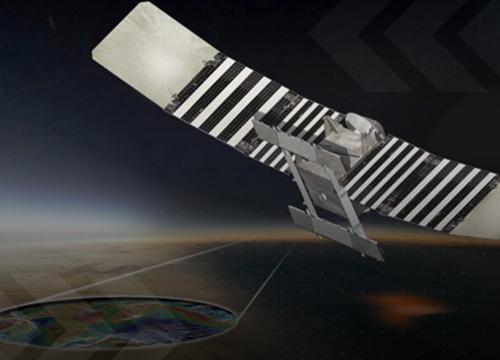
Mar 13th 2025
VERITAS mission
Xenics, part of Exosens, announces its collaboration with the German Aerospace Center for NASA’s VERITAS and ESA’s EnVision space missions.

Mar 13th 2025
Xenics, part of Exosens, announces its collaboration with the German Aerospace Center for NASA’s VERITAS and ESA’s EnVision space missions.
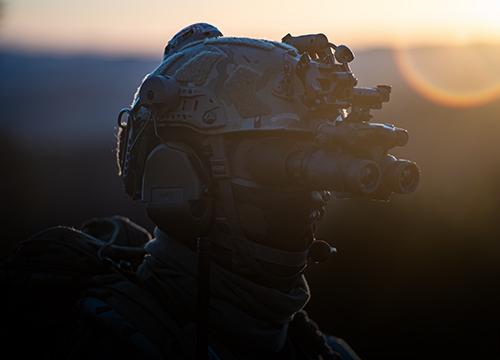
Mar 03rd 2025
Exosens makes its first U.S. investment to enhance night vision production capacity.

Mar 03rd 2025
Exosens delivers very strong full-year 2024 results, overperforming on its IPO guidance
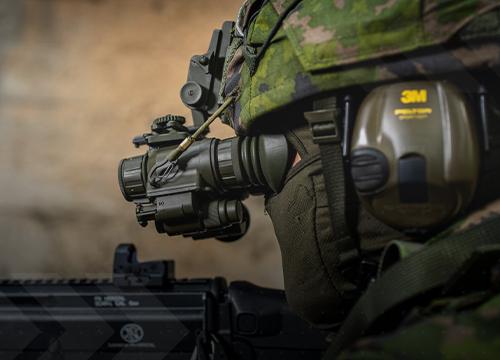
Feb 24th 2025
Exosens strengthens its position as a key supplier to Senop for night vision image intensifier tubes

Camp de Souge.
FROM Apr 02nd 2025 TO Apr 04th 2025
Visit Exosens at SOFINS 2025 - Camp de Souge, France
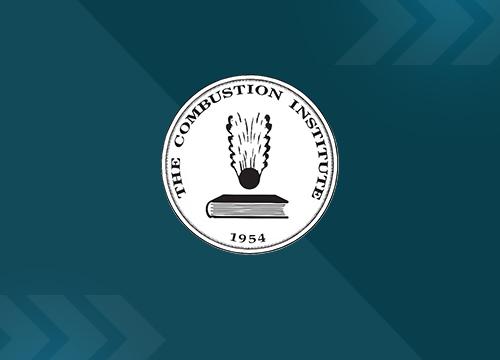
Boston, MA.
FROM Mar 16th 2025 TO Mar 19th 2025
Visit Telops at the 14th United States National Combustion Meeting
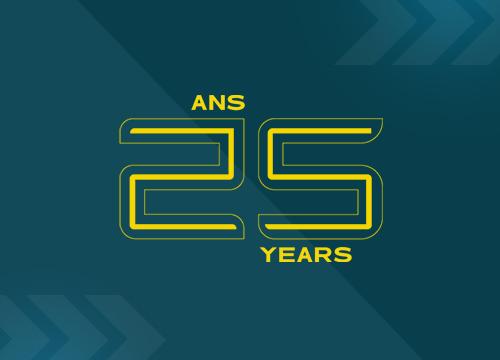
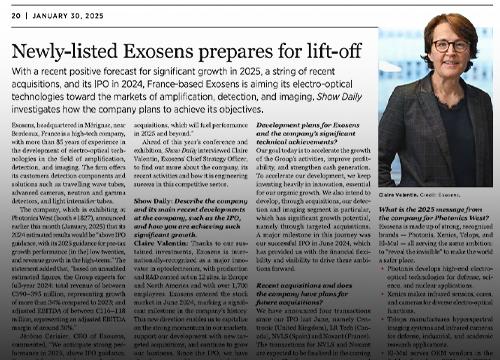
Feb 12th 2025
Exosens featured in the Show Daily of Photonics West, a key industry event!
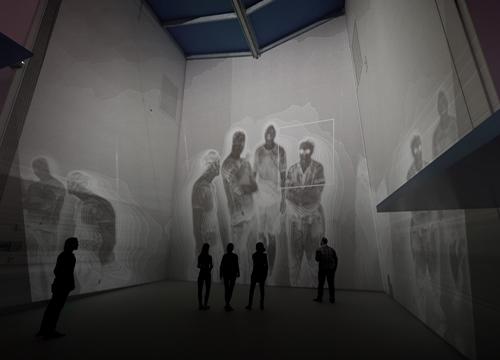
Feb 12th 2025
Dione Thermal Camera Transforms Museum of Contemporary Art Jacksonville
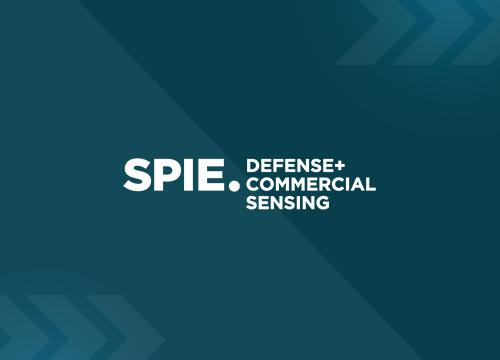
Orlando.
FROM Apr 13th 2025 TO Apr 17th 2025
Visit Telops, Xenics and Photonis at SPIE Defense and Commercial Sensing 2025 - Orlando, Fla
Stay connected
Stay informed and connected to the latest news from Exosens by signing up.